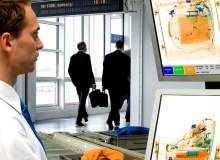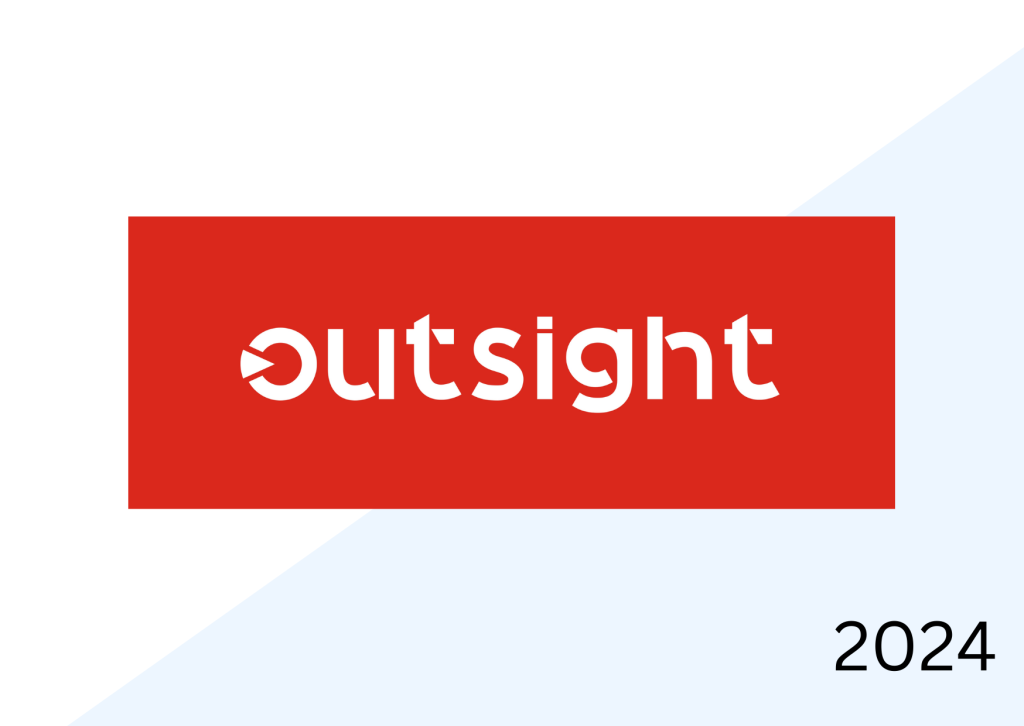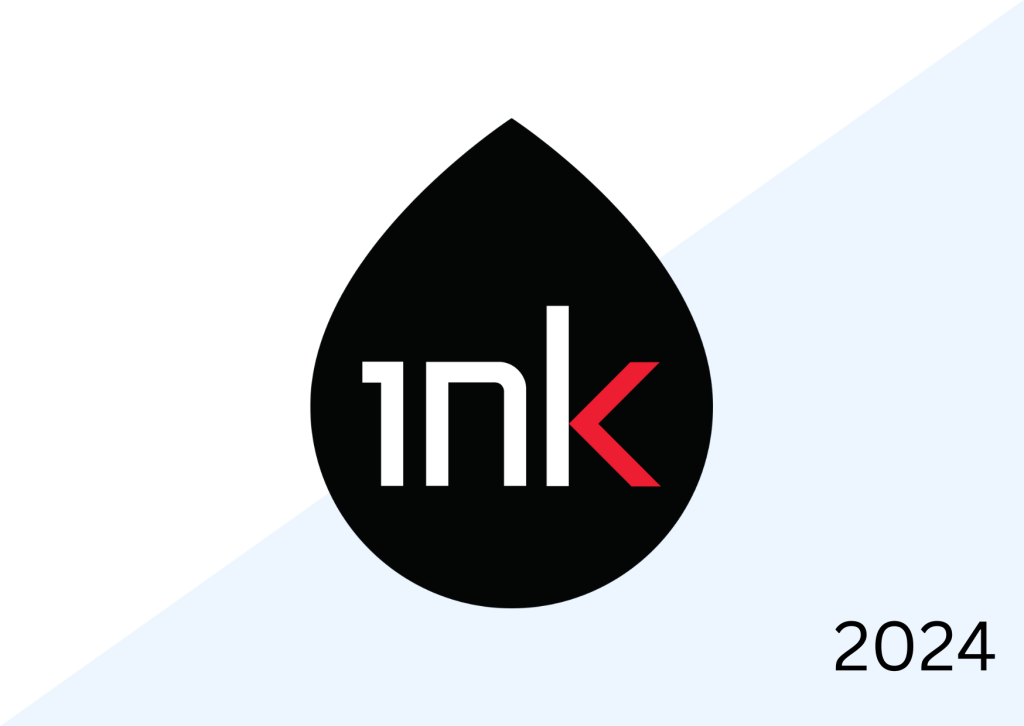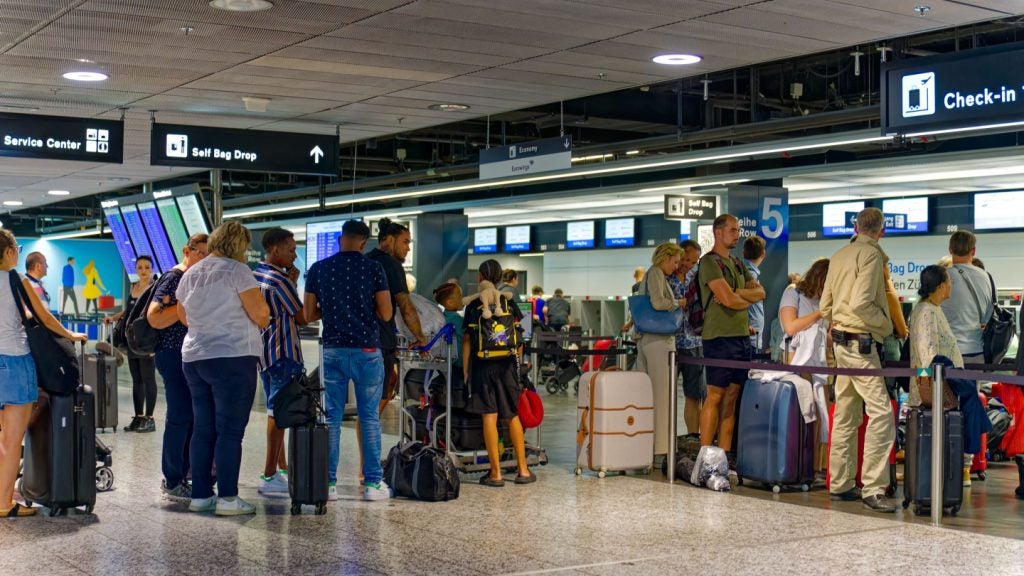
There has been some controversy surrounding the relaxation of the LAG (liquids, aerosols and gels) ban, which is due to be lifted on 29 April 2013.
A relaxation of the rules for transfer passengers, which was viewed as phase one of the total ban relaxation and due to happen in April 2011, was cancelled at the last minute with some countries, such as Germany, prepared to proceed whereas others, Britain included, decided against the new measures.
With the EU divided and the European Commission unclear how the US would react – passengers flying from Europe to the USA could have faced further screening or had liquids confiscated – restrictions remained the same. This made for what Ulrich Schulte Strathaus, Association of European Airlines (AEA) Secretary General, described as the "least worst" solution.
"We fully support the relaxation of liquids restrictions, but we need a harmonised approach, not a fragmented patchwork of national policies. Member States must deliver on their commitments and implement pro-consumer decisions in a unified way," said Strathaus.
With the deadline looming for the complete ban on 29 April 2013 suppliers of Liquid Explosive Detection Systems (LEDS) have been developing equipment in compliance with specific standards set by the European Civil Aviation Conference (ECAC).
See Also:
While some suppliers already have equipment already installed in airports, requiring just a software upgrade to detect suspect liquids, and trials are ongoing around Europe, confusion still remains. So much so that when airports were questioned about what LEDS systems they favoured, some, such as Birmingham, declined to comment until further clarification was available on timescales surrounding the relaxation of the ban.
How well do you really know your competitors?
Access the most comprehensive Company Profiles on the market, powered by GlobalData. Save hours of research. Gain competitive edge.

Thank you!
Your download email will arrive shortly
Not ready to buy yet? Download a free sample
We are confident about the unique quality of our Company Profiles. However, we want you to make the most beneficial decision for your business, so we offer a free sample that you can download by submitting the below form
By GlobalDataDarren Caplan, Chief Executive of the Airport Operators Association, told Airport Technology: "UK airports support, in principle, the eventual removal of the ban on liquids, aerosols and gels for the benefit of our passengers, to ensure they have a positive experience when they are travelling.
"The security of passengers, however, is always the first concern of airport operators and so the lifting of the ban should only take place when appropriate technology has been developed and properly operationally tested."
He added: "At present, new technologies and processes are not yet mature or adequately tested to the needs of a massive European aviation sector of 1.5bn passengers and 400 airports."
Type C LEDS – Rapiscan
Yet the Aviation Technical Director for Rapiscan, Ken Mann, one of the market leaders of this technology, believes this not to be the case.
"It would be wrong to think equipment is not available to safely and effectively screen liquids, the equipment is available from ourselves and other suppliers, it is a matter of deploying it with well thought out concepts of operations," said Mann.
"Rapiscan Systems developed the Rapiscan 620DV to quickly and easily identify potentially harmful liquids and it has been approved as a Type C liquid explosives detection system (LEDS) by the ECAC (the body responsible for the testing of aviation security equipment in Europe)."
Mann added: "The 620DV is installed at Manchester and several other UK and EU airports, these systems are ready to be upgraded to screen Liquids Aerosols and Gels when required by regulation and as desired by our customers."
The company is also looking to support EU sponsored trials in the first half of 2012 to demonstrate the effectiveness of the 620DV as a Type C LEDS and the viability of LAGs screening in general. "There will be a number of trials taking place across Europe to measure the operational implications of fielding LEDs," said Mann.
"There are numerous Type A, B and C Liquid Explosives Detection Systems available from a range of manufacturers which have all been tested and approved to the requirements of the EU. The purpose of the trials is to demonstrate that these technologies work effectively (alone or in combination) and to determine best practices for operation."
He added: "Type A is the biggest challenge from an operations point of view, which is to open and test each liquid, type B relates to single bottle (seal remains intact) and liquid scanners, and type C requires a system that screens a number of items, which have to be taken out of the bag."
Smiths Detection’s worldwide reach
Smiths Detection has security equipment in almost every airport all over the world, including more than 65,000 x-ray systems and 10,000 explosive trace detectors. The company’s HI-SCAN 6040aTiX X-ray product provides a dual view at different angles when screening a passenger’s bag and provides operators with high resolution images and a real-time on-screen threat marker. It is EU LEDS Type C Standard 2 approved.
"It is a one-stop security solution, which means that passengers do not have to present their carry-on bags and liquids to various screening instances but have their belongings checked in one screening run," said a Smith’s Detection spokesperson.
"Smiths Detection has sold more than 1,000 aTiX security systems for automated explosives detection all over the world already. Most of them would just require software and electronic parts upgrades to also fulfil the new EU LEDS requirements."
Earlier this year in May 2011, the company announced a €16 million contract with Berlin’s new Brandenburg International Airport, which is scheduled to open in 2012, for the HI-SCAN 6040aTiX and 7555aTiX.
Type A and B LEDs
CEIA’s EMA LED has met ECAC performance standards for both type A and B and is a compact device that analyses the presence of combustible, flammable and explosive liquids.
The volume of the bottle is analysed to see if the results correspond to the characteristics of safe liquids, such as water or soft drinks. Earlier in 2011 the procurement agency of the German Ministry of the Interior awarded CEIA the contract for the supply of 84 EMAs for use in German airports.
KROMEK’s bottle scanner is another ECAC-approved type B LED which has already undergone testing in airports such as Durham Tees Valley Airport. "It takes less than 20 seconds to scan an item and requires no physical sampling. It can handle containers up to two litres of any shape or material, glass, plastic metal or cardboard," said Airport Manager Shaun Woods.
Kromek Chief Executive Dr Arnab Basu said: "We are delighted to be working with the local airport in Teeside in a forward-looking partnership, aiming to increase passenger safety and security while at the same time ease restrictions on the travelling public."
A cohesive outlook
While there is still uncertainty in the industry surrounding the 2013 LAG ban relaxation, the DfT told Airport Technology is remains "committed" to this deadline.
"The European Commission has set a deadline of 29 April 2013 for the technology to be in place to facilitate a screening-based regime for all LAGs. The UK is committed to this timeframe and is working with UK industry, European and international partners to achieve this," said a DfT spokesperson.
With the ban relaxation still expected to go ahead, a more cohesive industry approach is required if this is to happen smoothly with minimal confusion. Extensive trials throughout 2012 will help to produce the "well thought out concepts of operations" that Mann says are needed to effectively facilitate the transition.
"Relaxing the ban in 2013 needs to be about technology preparedness and delivering the highest levels of security for passengers, and not politics or cost. This is the approach we should all be taking," said Caplan.







